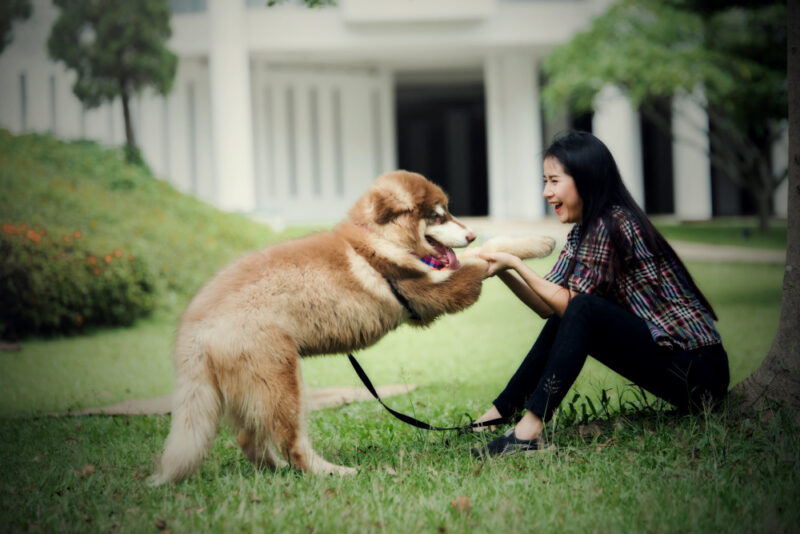In the intricate dance between humans and their canine companions, understanding dog behaviour often becomes a fascinating yet complex subject. It’s a journey that continually deepens the bond we share with these four-legged friends, unlocking aspects of their “madness” —a term affectionately used to describe their sometimes baffling antics.
Dogs exhibit a range of behaviours that, though they may seem erratic and without reason, are often their way of communicating with the world around them. By interpreting these signals, we bridge the communication gap, fostering a harmonious living environment and ensuring our pets’ well-being.
One of the critical aspects often overlooked is the role that proper care and maintenance play, especially concerning a dog’s diet. The way we store their food, for example, can significantly influence their eating habits and overall behaviour. Investing in quality storage solutions such as these dog food containers ensures that their meals remain fresh, nutritious, and free from contaminants, directly impacting their health and daily behaviour.
Now, let’s delve deeper into the various facets of dog behaviour and the meaning behind their “madness”:
Tail Wagging – A Dialogue in Motion
While a wagging tail is commonly associated with a happy, friendly dog, the tale is more nuanced. The speed, motion range, and position of the tail offer insights into a dog’s emotional state, from aggressive tendencies (stiff, higher wagging) to nervousness or submission (low tail position).
Barking Up the Communication Tree
Barking, one of the most recognised forms of dog vocalisation, serves multiple purposes – from seeking attention or warning of danger to expressing anxiety. Understanding the different types of barks, their pitches, and frequencies can help discern what a dog is trying to communicate, strengthening the bond between pet and owner.
The Chew Chronicles
Destructive chewing is a behaviour that frustrates many dog owners. However, it’s a natural instinct for dogs, often linked to factors like anxiety, boredom, or the need to relieve teething pain in puppies. Providing appropriate chew toys, engaging them in stimulating activities, and proper training can redirect this behaviour positively.
The Whys of Whining
A softer form of vocalisation, whining or whimpering, is a dog’s way of expressing a range of emotions – pain, excitement, anxiety, or even a plea for attention. Identifying the context and addressing the root cause, be it through medical attention or behavioural correction, is crucial.
Circling and Digging – More Than Mere Play
Ever noticed your dog circling before lying down or obsessively digging on the bed or backyard? These behaviours trace back to their ancestral instincts – for comfort, temperature regulation, or hiding food. While mostly harmless, excessive repetition may require consultation with a veterinarian or pet behaviourist.
Understanding “Resource Guarding”
If a dog becomes unusually aggressive or anxious when eating or around food, it’s displaying “resource guarding”. This survival instinct is natural but can become problematic if it escalates. Positive reinforcement training, desensitisation, and ensuring a safe, non-threatening eating environment can mitigate this behaviour.
In conclusion, the “madness” we perceive in our dogs is a series of communications, rich in emotional and contextual language
As responsible dog owners, continual learning and observation – paired with a conducive and caring environment – are key to demystifying these behaviours. In doing so, we acknowledge and respect their inherent animal nature, even as we cherish their status as beloved family members. Remember, understanding leads to harmony, and beneath the “madness”, there’s a world of meaning waiting to be explored.










